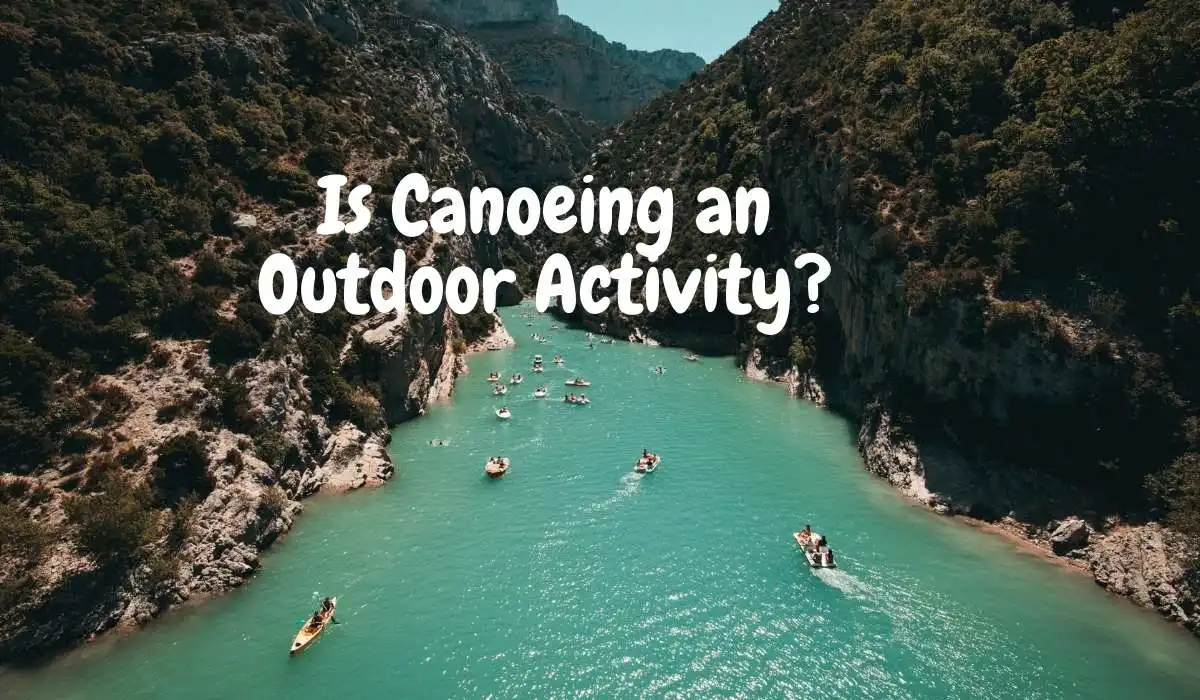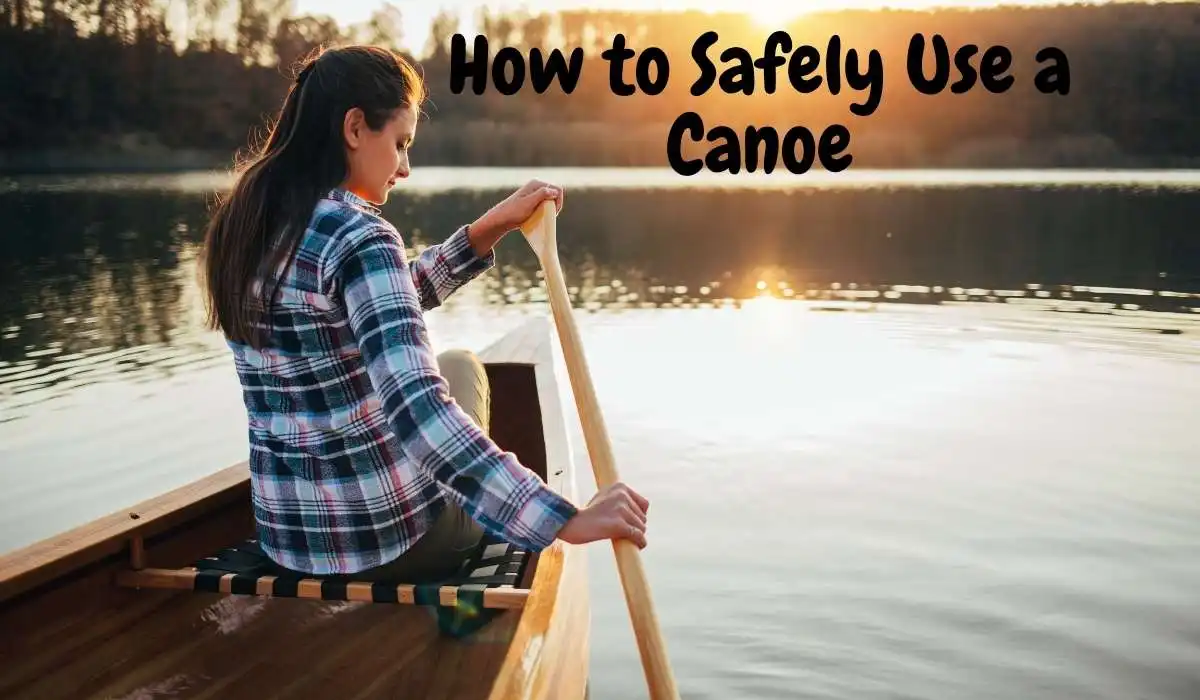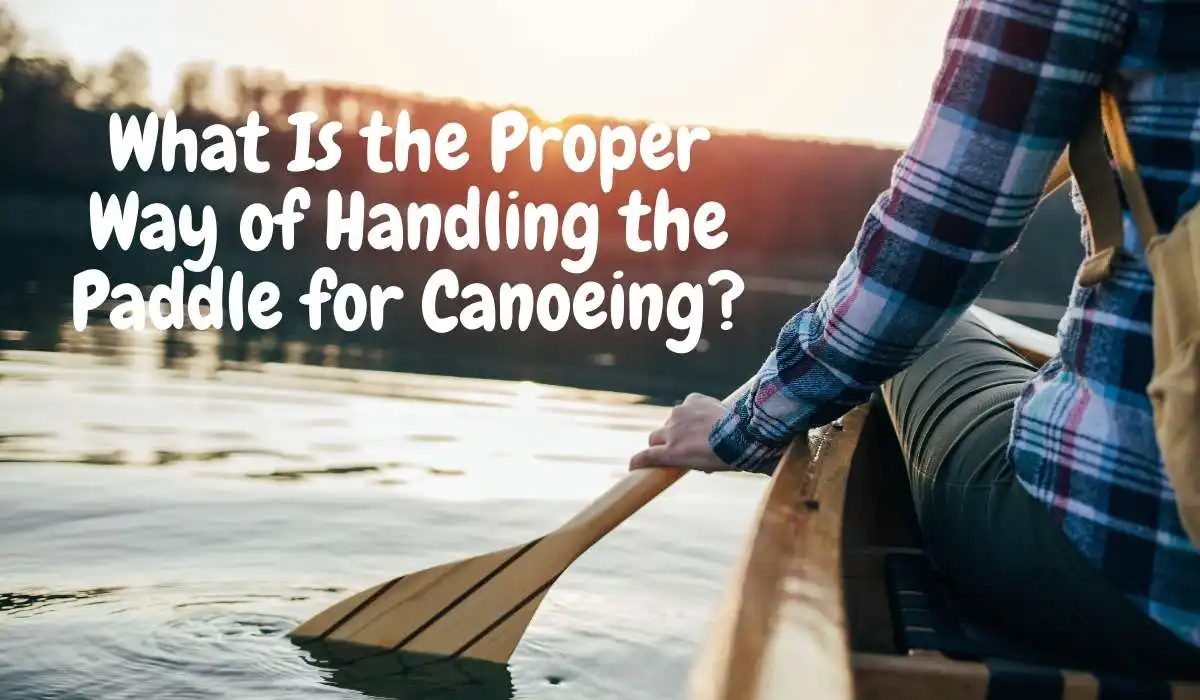Category: Canoe
-

How Do You Enter and Exit a Canoe?
Approach the canoe slowly and grab the gunwales for support. Check water depth before stepping in. Keep three points of contact to stay balanced. Shift weight to the center once inside. Consider the role of the bow paddler for stability. Seat close to the gunwale for balance. Stern paddler steers and adjust weight distribution for
-

How Do You Move in a Canoe?
To move in a canoe, grip the paddle properly and engage your core muscles for power. Keep a straight line with even strokes, and sit upright for balance. Distribute weight evenly and adjust your posture. Work with your partner to coordinate movements and practice different strokes. Use the J-stroke for straight paddling and lean into
-

Where Should the Heavier Person Sit in a Canoe?
For best performance, have the heavier paddler sit at the stern in a canoe. This placement boosts weight distribution, enhances tracking, and improves maneuverability. It also guarantees swift response to steering commands. Optimizing your seating arrangement makes your canoeing experience more enjoyable and efficient. Key Takeaways Stern Positioning for Heavier Paddlers When preparing for a
-

Is Canoeing an Outdoor Activity?
Canoeing is a thrilling outdoor activity that engages your muscles, provides a great workout, and offers mental relaxation. It has health benefits like improving your cardiovascular fitness and strengthening core muscles. Canoeing differs from kayaking in paddle type and seating position. It’s environmentally friendly and follows safety precautions. Explore various canoe disciplines and global destinations
-

How to Safely Use a Canoe?
When using a canoe, have someone stabilize it while you enter. Sit in the center, keep knees bent for balance. Don’t stand or move around too much. Stay centered for control. Always wear a properly fitting PFD for buoyancy and safety. Store gear low and secure to prevent shifting. Organize for easy access and stability.
-

What Is the Golden Rule of Canoeing?
When you’re canoeing, remember the golden rule: Always wear your PFD (Personal Flotation Device). It’s an essential safety measure that could potentially save your life. Stay safe on the water by prioritizing your PFD. Key Takeaways Importance of Wearing a PFD Wearing a PFD is the cornerstone of safe canoeing, ensuring your protection on the
-

What Are the Safety Precautions for Canoeing?
Make sure to stretch properly before canoeing to prevent injuries and enhance flexibility. Wear a life jacket and bring a first-aid kit for safety. Choose calm waters, avoid strong currents, and check the weather forecast. Watch out for river hazards like rocks and fallen trees. Seek advice from experienced canoeists and consider safety courses. These
-

What Is the Proper Way of Handling the Paddle for Canoeing?
Guarantee one hand on top, the other down a bit. Keep blade facing right way, align knuckles for grip. Dive blade fully, angle it slightly forward. Place arms apart on shaft, align body perpendicular. Bend elbows, engage core, grip paddle lightly. Focus on total blade submersion, right paddle height. Perfect catch technique for max power.
-

What Is the Etiquette for Canoeing?
Gear up with a properly sized PFD and essential safety equipment. Respect larger vessels and keep a safe distance from others on the water. Offer help to struggling boaters and use bright colors on your canoe for visibility. Distribute weight evenly, use boat ramps for landing, and communicate effectively with hand signals. Follow these etiquette
-

Is It Better to Kneel or Sit in a Canoe?
When you’re in a canoe, kneeling offers you greater stability, control, and efficiency than sitting. It lowers your center of gravity, engages your core muscles, and improves your balance and agility. Kneeling enhances your power transfer, making your paddling more effective. Want to discover more benefits and insights about kneeling versus sitting in a canoe?
